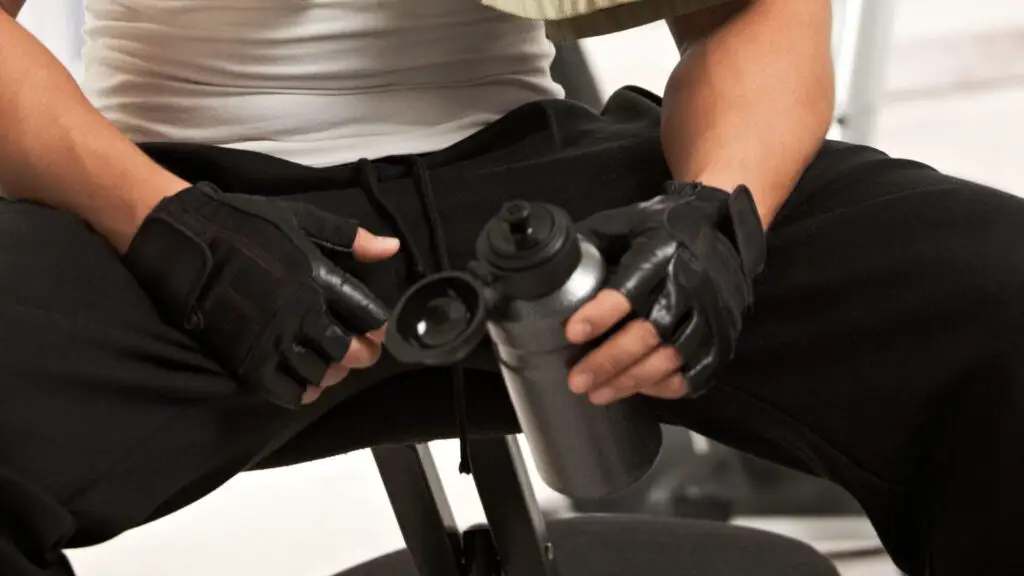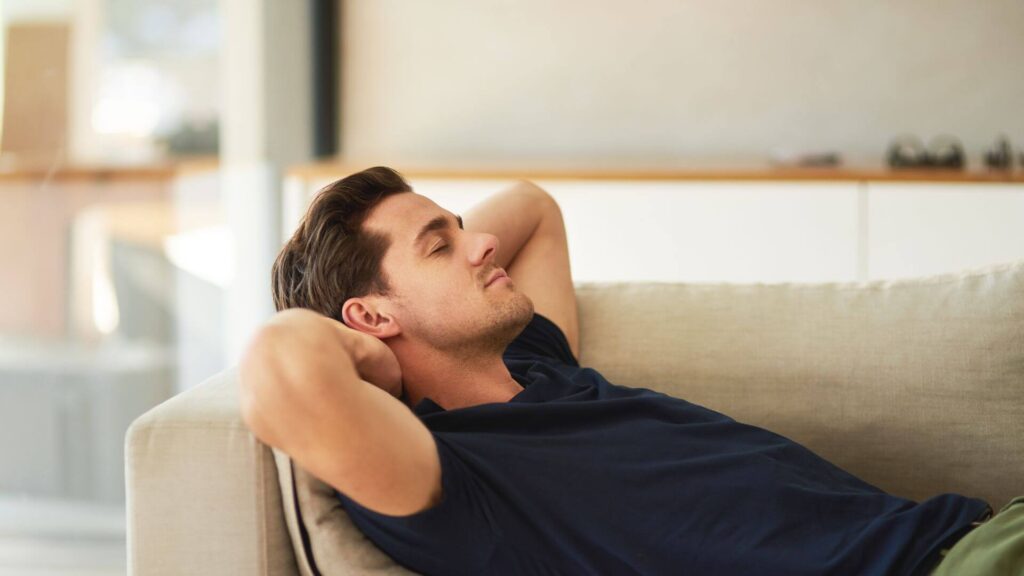Physical activity has been proven to enhance health and fitness. Because exercise boosts heart rate and blood flow, it makes the body healthier. However, it is also possible to become exhausted after exercise because the human body is not a machine. Tiredness often occurs after high-intensity workouts as a physical activity demands great energy. Here, napping after a workout plays a significant role.
One strategy to maintain physical wellness is taking a pause or nap after a workout. It is essential to know that everyone is unique and has various demands and limitations. While some individuals can operate effectively with little or no nap, others require more. Thus, napping habits can vary.
Here, you’ll learn about the advantages of taking a nap after a workout, the optimum times to do it, and more.
What is a nap, and why is it essential after a workout?
A nap is a short amount of sleep usually done during the day in addition to the longer, more extended sleep typically taken at night. Its duration is variable, ranging from 15 to 60 minutes. It is essential after a workout because it helps your body recover and repair itself. If you feel tired after a workout, this could be a sign that your body needs a nap. In this case, you should take your post-workout meal and go for a nap.
- Why is it essential:
During exercise, you degrade your muscles and put them under a lot of stress. Once you finish your workout and rest, your body uses that time to repair and build back muscles. If you are too tired and don’t allow your body the rest it needs, you may find that the next day you cannot exercise with the same level of intensity as the previous day.
A nap after your workout has been proven to help you recover quicker and increase your energy levels naturally. In addition, studies have shown that napping after a workout reduces your cortisol levels.
High cortisol levels are released as a result of your body experiencing stress and anxiety and are often associated with a lack of sleep. However, a nap can help lower high cortisol levels and reduce stress and anxiety risk.
What cause this?
After an intense workout, the body feels drowsiness as a natural phenomenon. There is a role for ATP (Adenosine Triphosphate) in causing tiredness after a workout. ATP provides energy to the cells. After an intense workout, the muscle ATP concentration is maintained pretty effectively. However, it may decline by 20%(Source), resulting in muscular fatigue. It is also called peripheral fatigue. There is another reason behind muscle tiredness after a workout, which is known as CNS Fatigue. When a person’s neurons don’t work as fast as they should, the brain doesn’t send messages to the body to work rapidly. Thus, a person cannot exercise at the same rate as before.
In addition, exercise stimulates other neurotransmitters, such as dopamine and endorphins, which makes weightlifting addictive.
Because of these changes, there is a load on the central nervous system, which makes it tired. Consequently, you might feel tired and want to take a nap.
Best time to take a nap after your workout?
It is strongly recommended that you abstain from taking naps later on in the day. If you can, nap between one and three o’clock in the afternoon. Likewise, napping right before or during your workout is not a good idea.
First, you want to make sure you are doing your workout at the right time of day. Ideally, you would be doing your workout either early in the morning or at the end of the day since these are the times your body is most ready and prepared to work out. For example: If you’re working out later in the day, you may benefit from taking a midday nap to give yourself a good break from your routine.
The other factor is the intensity of the workout. Depending on the intensity of your workout, you should consider a nap. If your workout is intense, you might want to take a nap immediately after the workout. On the other hand, if your workout wasn’t as intense, you might not want to take a nap at all.
If you’re tired after a workout in the evening, you might need to go to bed early instead. Make sure to drink water and eat a meal after working out first.
Note: If you feel exhausted, your muscles are sore, and you have a low energy level, you might need a rest day.
How long should you nap after your workout?
There are some general guidelines when it comes to determining how long you should nap after your workout:
- Take a short nap, preferably between 20 and 30 minutes.
- Do not nap for more than 30-60 minutes.
- If you don’t, you can fall into a deep sleep and wake up feeling tired.
- There is no better choice than to set the alarm.
The benefits of napping after a workout
As mentioned throughout this article, napping has many uses after a workout. Some of the most common benefits of napping after exercise include:

Increase GH levels:
According to a study, a nap causes the pituitary gland to release Growth Hormone, which aids muscle recovery. Growth hormone release was considerably higher during PM naps than during AM naps for the groups. However, the level and timing of the spike throughout the naps varied widely between individuals.
Better memory and recovery:
A nap can help you improve your memory and focus and make you better at completing tasks and remembering important details. In addition, it makes recovery faster by creating new muscle tissue or repairing previously injured muscular tissue. However, muscle healing is not limited to naps; long nights and adequate sleep are essential for healthy muscle recovery.
Better decision-making:
A nap after a workout can help improve your decision-making skills and make you better at making thoughtful and logical choices.
Improved mood:
Tiredness is often associated with feelings of sadness or depression. A nap after a workout can help you feel happier and less stressed.
Improved sports performance:
A nap after a workout can help your body recover and get the extra rest it needs, which can also make you better at sports and other physical activities.
Enough sleep:
Taking a nap after working out allows you to make up for the sleep you might have missed because of workload, stress, anxiety, or other things that can mess with your sleep cycle.
The drawbacks of napping after a workout
- A nap after a workout can make it harder to fall asleep at night, especially if you take a long nap. It is recommended by professionals that naps last no longer than 20-40 minutes and occur no later than midday.
- Some people may find that a nap after a workout makes them feel groggy and tired later in the day if they cross the recommended time limit of a nap.
- A nap after a workout can make you feel hungry and ready for your next meal sooner than usual.
- There are times when napping after a workout isn’t a good idea. For example, if you have to be somewhere important or have a meeting to attend, it might not be a good idea to take a nap after your workout.
As you can see, taking a nap after a workout has many benefits. Which also comes with some drawbacks.
Avoid napping after a workout if:
- Avoid napping or working out just before bed if you want a good night’s sleep.
- If you have insomnia or another sleep disorder, you may want to avoid taking a nap after your workout.
Conclusion
As you’ve probably gathered from reading this article, getting a nap after a workout offers a variety of benefits. It is vital to make use of it in the manner that is advised.
While some enjoy taking a nap after a strenuous workout, others only sleep throughout the night. Everyone has their specific preferences. In contrast, if you frequently feel too tired after an exercise session, this might be an indication that your body needs more rest.

